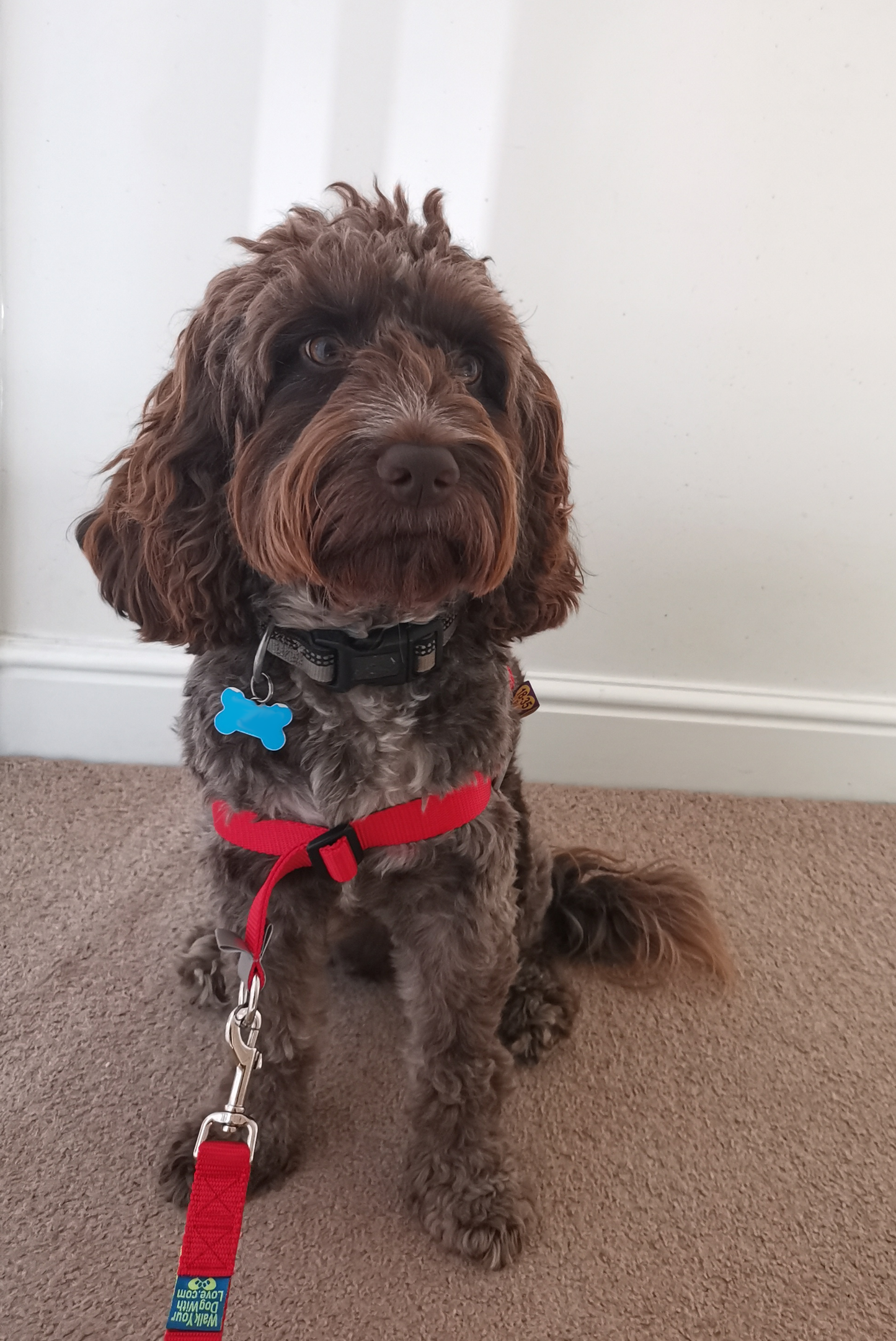It would be wonderful if there were magical tools available that we could purchase and use to solve all of our dog training issues. Unfortunately, "No-pull" has become the new buzzword that appears to be attached to many products that have nothing to do with preventing the dog from pulling. People continue to buy it because they desperately want it to be true. Instead you should combine our Walk Your Dog With Love - Soft Touch No Pull Harness with dedicated training exercises to achieve no-pull dog walks.
Walk your dog no-pull Dog Harness
Let's start by defining a no-pull harness. The short answer is that a no-pull harness has a front attachment on the chest. There are no-pull harnesses with rings on the sides (basically on the shoulder) and the back; they are not no-pull dog harnesses. The idea behind a no-pull harness is to direct the dog's attention to you. It uses their pulling force to turn them and make them realise that this is not the simplest path forward. It provides you the opportunity to lure them back to your side and to a loose lead.
There are a few other no-pull designs available that tighten the harness around the dog's tummy or back legs when they pull, but those can injure dogs who lunge with force. These are NOT recommended for any dog due to the pain and injuries that they will cause to your dog. Our Walk Your Dog With Love - Soft Touch No Pull Harness has a front attachment that simply steers your dog back to your side without inflicting any pain or injury.
So, where should the harness's front attachment go?
With a front attachment, you want it to be aligned on or just above the chest bone. The chest bone is the spiky bone on their chest that you can easily feel. The front attachment needs to be high enough to ensure that it does not trip your dog
Many people attempt to use a properly fitted Y-harness with a front-ring, and as a result, they turn the dog by pulling their leg out to the side. The issue is that if you have a strong dog who lunges, jerking it to the side with a harness that isn't designed properly or isn't the ideal no-pull fit can easily injure their shoulder (more on this below). Another issue to be concerned about is a dog stepping out of a loosely fitting Y-harness when the front ring pulls the chest piece to the side.
What not to do with a No-Pull Harness
Many people believe that a no-pull harness has an immediate effect: just put it on the dog, and you'll never have to deal with pulling again! Unfortunately, things are a little more complicated than that.
Using a no-pull harness as a stand-alone solution has two drawbacks. To begin with, most dogs are excellent adapters. Without training, most of them will simply resume pulling as soon as they realise they can do so in this new setup.
When using a front ring, some dogs appear to stop pulling. These are usually the more sensitive dogs who don't like the chafing of the harness in their armpits or the change in pulling direction.
How to Use a No-Pull Dog Harness
To summarise, a no-pull harness can be a useful tool if the dog is a strong puller and/or the owner is having difficulty controlling them, but it is not a complete solution. They are not intended to be worn comfortably on long hikes or off-leash runs. Instead, they are meant to be used in conjunction with training to reward good behaviour while also assisting you in maintaining control and redirecting the dog.
Unfortunately, there are no good "2 in 1" harness options: you won't find a comfortable hiking harness with a front ring to serve as a no-pull harness because these two use cases require entirely different designs. This is why for longer hikes we have our Walk Your Dog With Love Back Tracking Harness or our Soft'n'Tough Dog Harness available for these occasions.
Ultimately, training your dog loose lead walking will help you and your dog enjoy your walks together and our Walk Your Dog With Love - Soft Touch No Pull Harness will help you achieve that faster.










